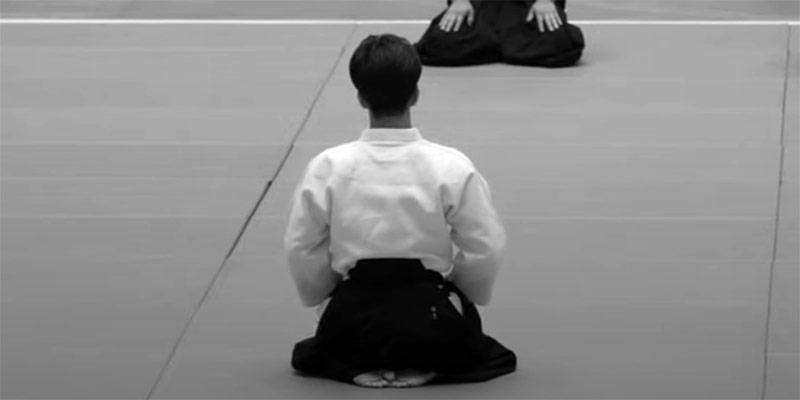-
The Art of Shikko and Suwari Waza in Aikido
Shikko 膝行, often referred to as knee-walking, is a fundamental movement method in Aikido. Aikido techniques performed from a seiza 正座 (seated) or shikko position are called suwari-waza 座り技. Suwari-waza is a distinguishing feature of Aikido, rarely seen in other martial arts. To understand why Aikido practices shikko and suwari-waza, one must trace back to Daito-ryu Aiki-jujutsu 大東流 合気柔術, which Morihei Ueshiba, the founder of Aikido, studied before establishing Aikido. Daito-ryu is said to be an Aizu han no otome-ryu 会津藩の御留流, a secret martial art of the Aizu 会津 domain. The Aizu han was a powerful and significant feudal domain during the Edo period 江戸時代, located in the westernmost region…
-
Seiza and Zarei: Embodying Japanese Cultural Values in Aikido
Seiza 正座 and Zarei 座礼, two fundamental practices in Aikido, embody profound cultural and philosophical significance rooted in Japanese tradition. Sei means correct or proper, and Za means sit, so Seiza literally means “correct sitting.” It holds deep historical roots in Japanese culture, particularly within martial arts and ceremonial contexts. In Aikido, practitioners assume the Seiza position by kneeling with their buttocks resting on their heels, both feet flat on the mat, and the big toes may slightly overlap, maintaining an upright posture with a straight spine. Hands rest on the thighs with palms facing down. Taking slow, deep breaths, practitioners relax and cultivate a sense of openness and receptivity.…

